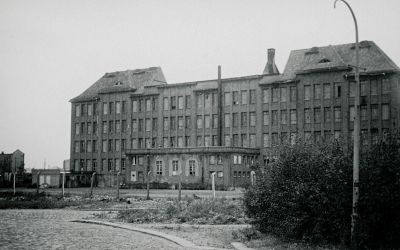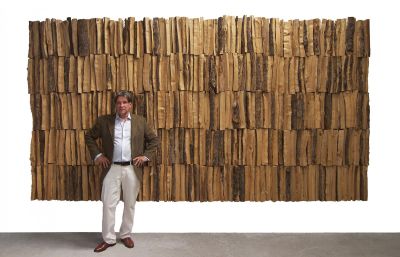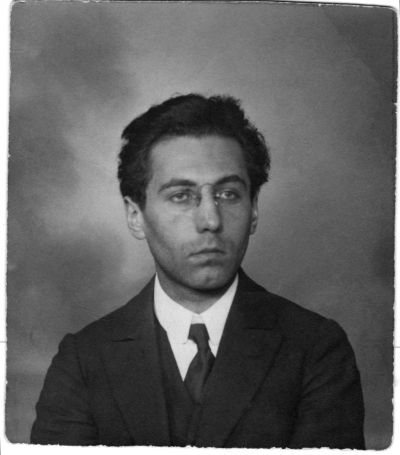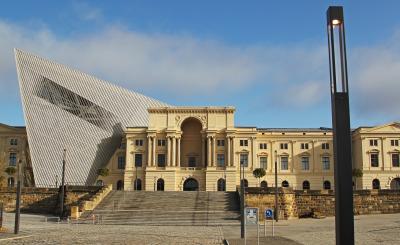Daniel Libeskind. A virtuoso in architecture
Mediathek Sorted

In an interview, Libeskind once said of a building design: “It has to tell you something. It’s not just walls.”[1] As a result, the buildings he creates don’t simply faithfully replicate his designs on paper. Every building evokes emotions that reflect its unique character. The responses to the work of the Polish-American architect are just as emotional. They are also contradictory, ranging from admiration to rejection; yet they are never neutral. Daniel Libeskind says that his designs are inspired by the world around him, and often also by his own life story, which may also be the reason why, perhaps more than anyone else, he understands the language of feeling in architecture. His life and that of his family has been marked many times by the experience of being an outcast, from the Holocaust and having survived it to social exclusion, exile and the feeling of being uprooted that arose as a result.
Beginnings in Poland
Libeskind was born in Łódź on 12 May 1946. His mother, Dora, née Blaustein, came from Warsaw and was a self-proclaimed Zionist. His father, Nachman, was born in Łódź and although he came from a traditional Jewish family from the small town of Przedbórz (now in the Łódź voivodeship – translator’s note), he enjoyed a secular education. Before the war, he belonged to the General Jewish Labour Bund in Lithuania, Poland and Russia (known as the “Bund”), which promoted the cultural autonomy of Jews in eastern Europe, worked to create a secular school education system and supported Yiddish-language culture. After Hitler invaded Poland in 1939, Dora and Nachman, who had not yet met at that point, decided to escape from likely persecution by the National Socialists in their country and fled to the Soviet Union. There, they were arrested by Red Army soldiers and deported to camps in Siberia and on the Volga river, where they spent three years living in inhumane conditions. In the summer of 1942, following an agreement between Stalin and the Polish government in exile, Dora and Nachman were released from the camps, along with countless thousands of other Polish prisoners. Since there was no question of their returning to war-torn Poland, each made their own way to a refugee camp in Kyrgyzstan. It was here that they met and finally married. Their daughter Annette was born in the camp. Daniel was born in 1946, shortly after their return to Łódź.
After arriving in Poland, the Libeskinds soon realised what a blessing it had been that they had fled to the Soviet Union, despite the hunger, humiliation and hard labour they had been forced to endure. While they were away, the Nazi occupiers had murdered 85 members of their families. In the years that followed, the horror of the Holocaust cast a shadow over Daniel’s childhood and the life of his family – one of very few Jewish families left in Łódź after the war. Despite the hardships of the post-war years, frequent harassment from the Polish population and antisemitic attacks, the Libeskinds remained in the city for eleven years, leading a modest life. They did not make the decision to emigrate to Israel until 1957. At that time, while still living in Poland, Daniel was already showing signs of his musical talent. He learned to play the accordion early on as a child, and delighted a growing public with his performances. In 1953, aged six, he even played on one of the first Polish television programmes to be shown after the war.
[1] Alexandra Wolfe, Daniel Libeskind Thinks Buildings Should Tell Stories, The Wall Street Journal, 30/11/2018, https://www.wsj.com/articles/daniel-libeskind-thinks-buildings-should-tell-stories-1543611894 (last accessed: 14/3/2021).
















































































































































